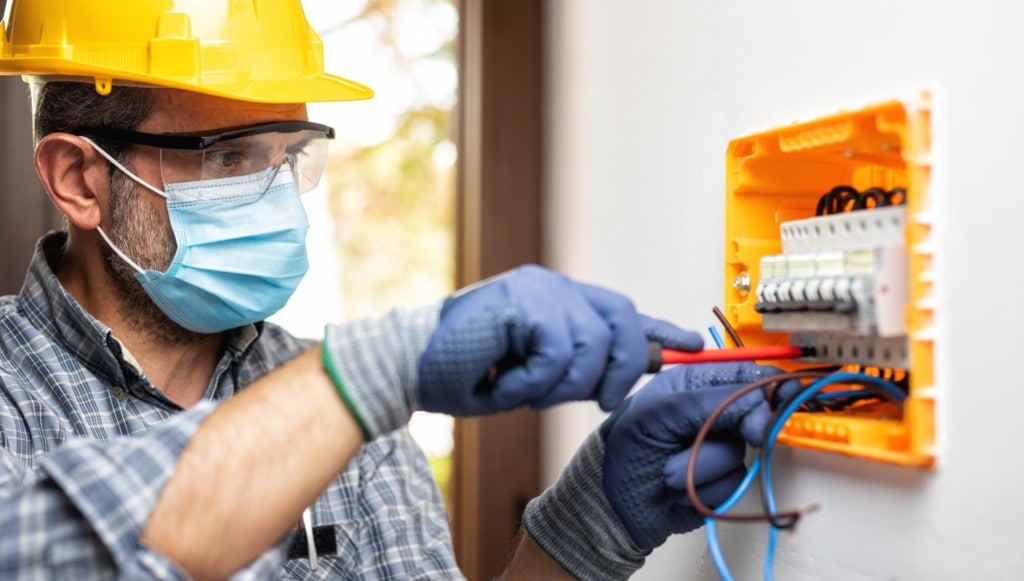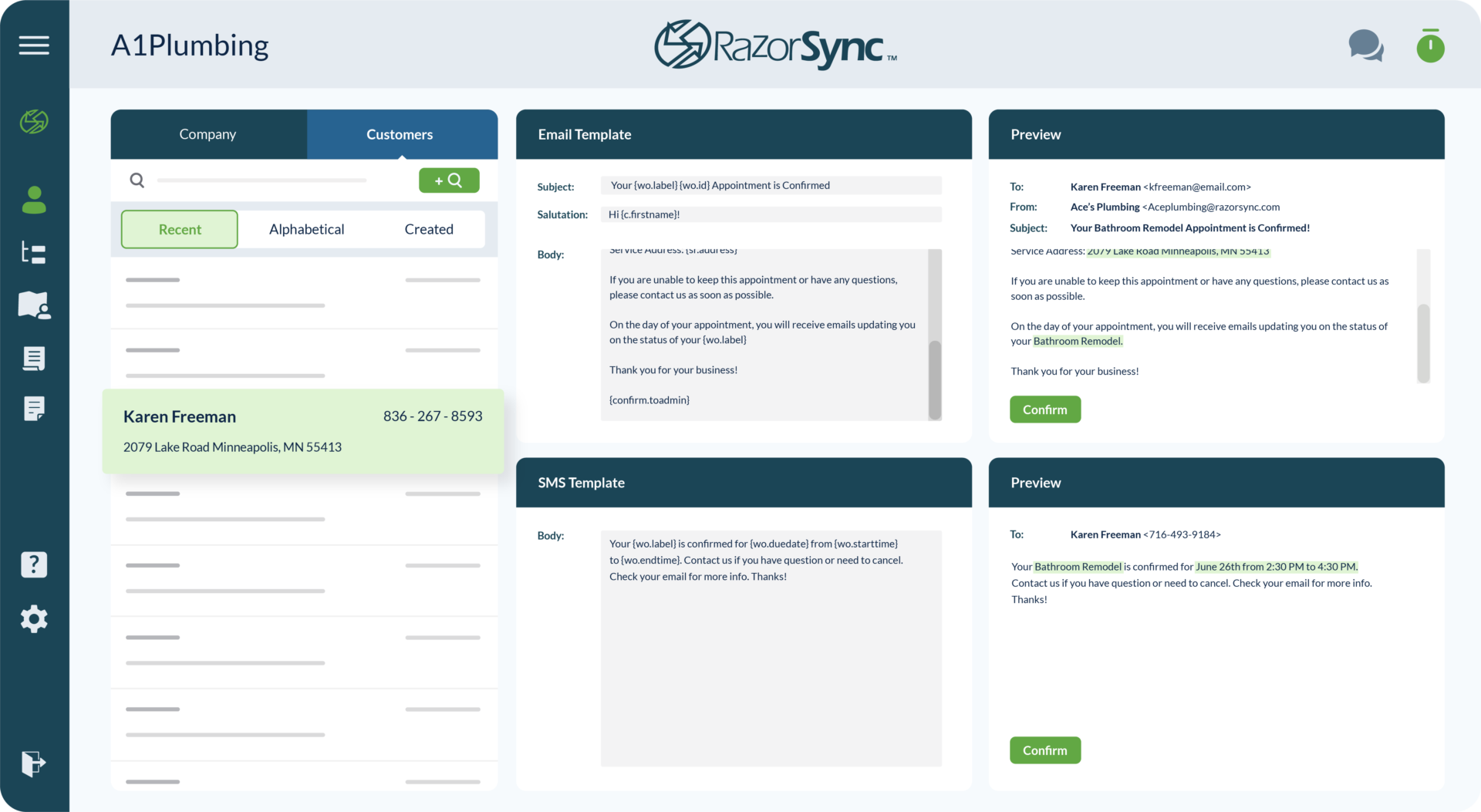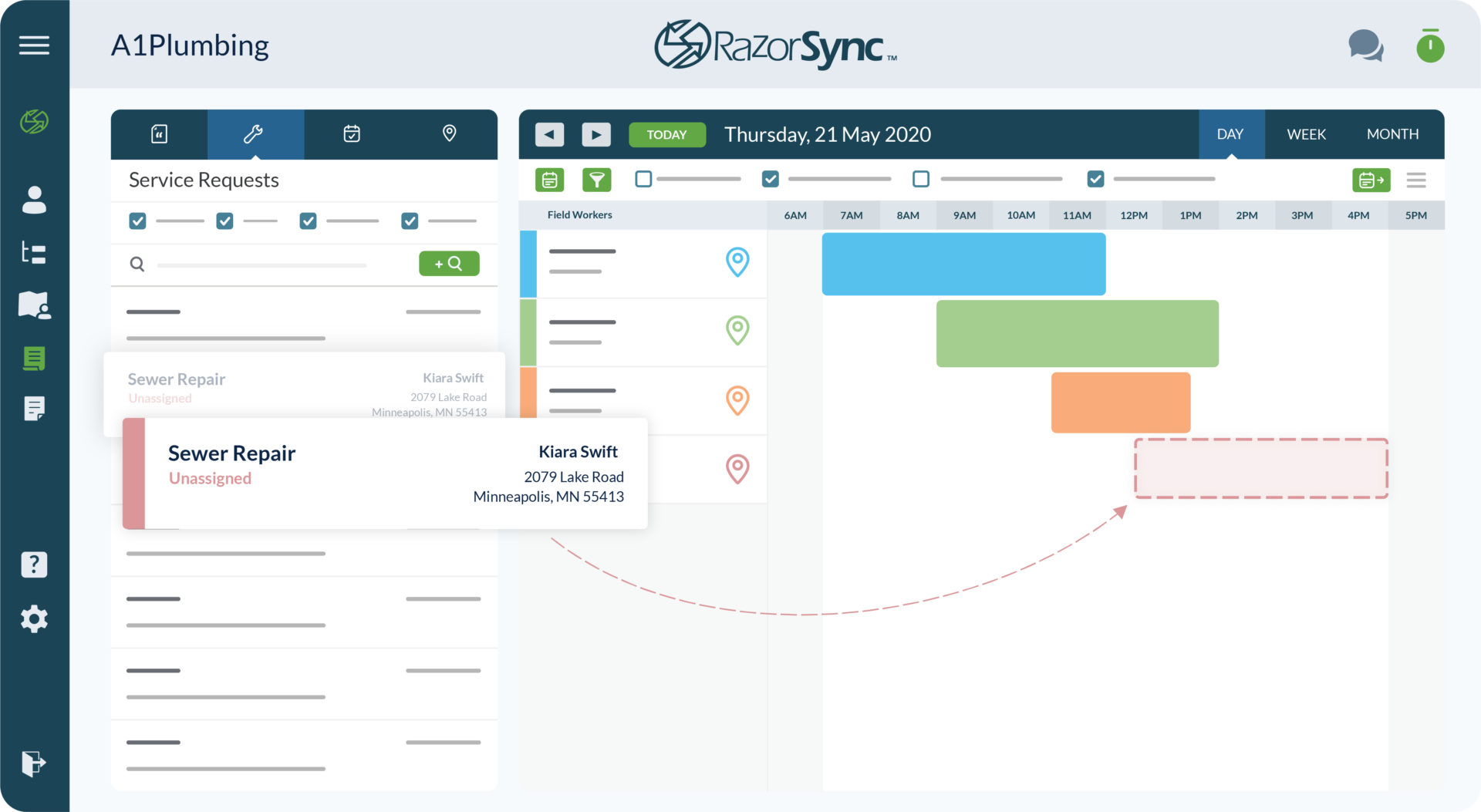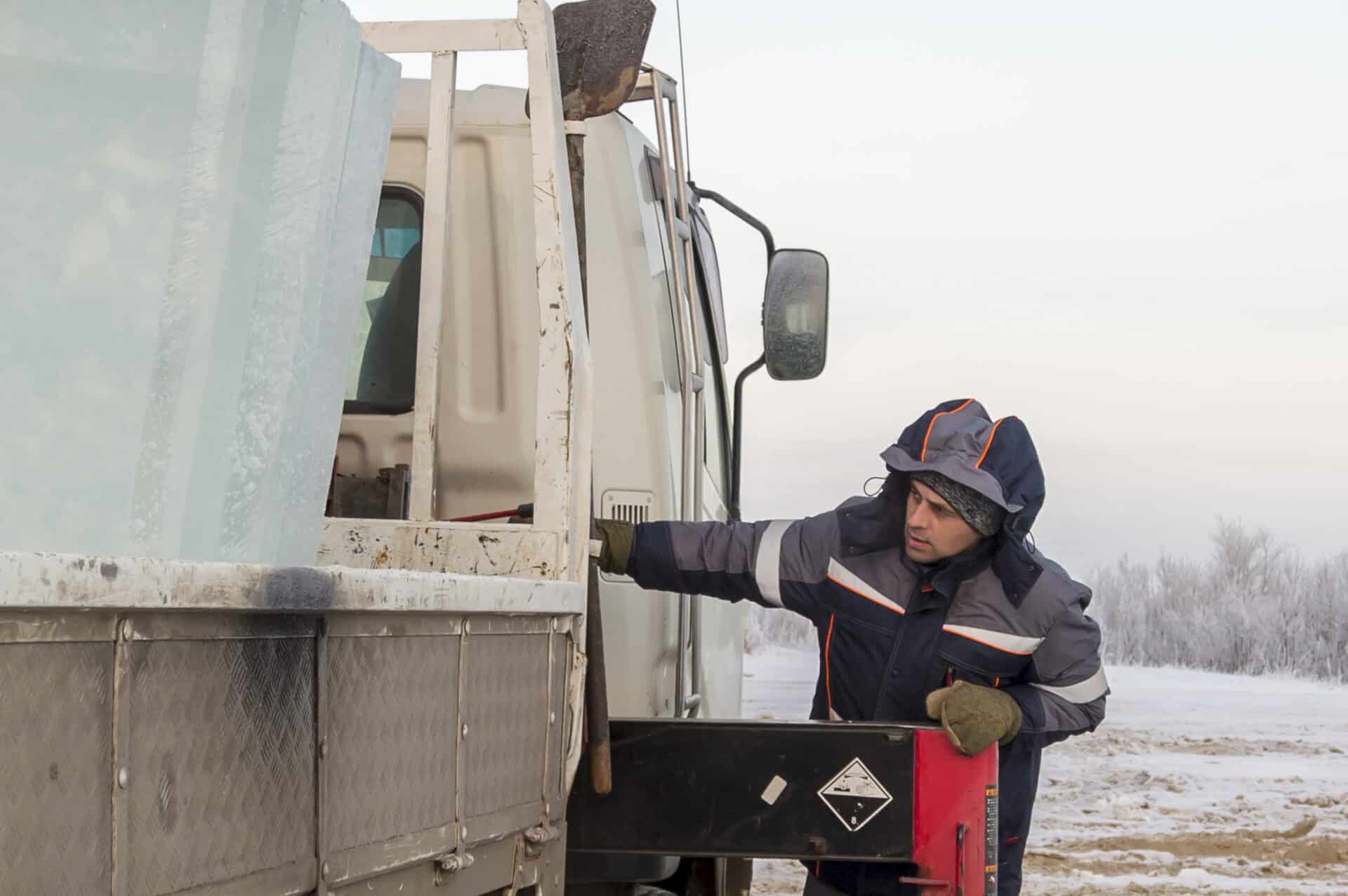2021 Survival Kit: What Field Service Techs Need to Know About Mask-Wearing
Your field service technicians are perhaps your greatest assets. Protecting their health and well-being in 2021 means continuing to mask up. Mask-wearing is an effective...
Apr 13, 2021
# of Minutes to Read

Your field service technicians are perhaps your greatest assets. Protecting their health and well-being in 2021 means continuing to mask up.
Mask-wearing is an effective way to protect yourself and others from COVID-19, but a truly protective face mask is hard to find, and one year into the pandemic, many people still don’t know how to wear one properly.
Here are the facts about what makes masks effective and how field service technicians can be sure to wear them the right way.
What Makes a Face Mask Effective?
The CDC recommends that masks follow these basic guidelines:
- Have two or more layers of washable, breathable fabric. A mask with layers will stop more respiratory droplets from getting inside your mask or escaping from your mask if you are sick.
- Fit snugly over the nose and mouth and under the chin and that there are no gaps around the sides (see more on fit in the next section). Gaps can let air with respiratory droplets leak in and out around the edges of the mask.
- Have a nose wire to prevent air from leaking out of the top of the mask.
Filtration Quality
The filtering qualities of mask materials are crucial to a mask’s effectiveness. Optimal filtration is achieved by adding layers. Most people wear reusable, washable, fabric face masks; the addition of a disposable filter layer is key to making these masks effective. N95 respirators have been almost entirely funneled to healthcare workers over the last year, but N95-level protection is what you should aim for. These masks filter at least 95% of airborne particles.
- Typical cloth masks have an efficiency of 15% or less for filtering airborne particles. While this is better than not wearing a mask, adding a filter insert can increase the efficiency by 6 times!
- Look for a two-layer fabric mask with a filter insert pocket. Alternatively, you can create a pocket by cutting an opening at both ends of the mask so you can slip a filter between the layers, or by sewing a pocket onto a single-layer mask like this tutorial shows.
- You can purchase pre-cut filter inserts, but it is more cost-effective to buy filter fabric in bulk and cut your own to the right size for your masks. Look for a high-efficiency material that allows for some decent airflow like Filti’s 3-layer lightweight composite. It boasts a nanofiltration layer and blocks up to 95% of airborne particles. Replace filters daily.
Not recommended: plastic face shields (effectiveness is unknown), gaiters, bandanas, and scarves. These items just don’t cut it when it comes to COVID-19. However, you can wear these items over a surgical mask to help with a secure fit.
How to Wear Face Masks Properly
As per guidelines from the World Health Organization, a mask should cover your nose, mouth, and chin (to help anchor a mask in place). The right fit is crucial to a mask’s effectiveness. To ensure the right fit:
- Choose masks that fit snugly against the sides of your face.
- Check for gaps by cupping your hands around the outside edges of the mask.
- Make sure no air is flowing from the area near your eyes or the sides of the mask.
- If the mask fits correctly, you’ll feel warm air coming through the front of the mask and may be able to see the mask material move in and out with each breath.
If you have to continually adjust your mask, it doesn’t fit properly, and you might need to find a different mask type or brand. Alternatively, try some mask-fitting hacks, such as the method in this TikTok video. You can also purchase a number of inexpensive gadgets to help you get the right fit, like ear loop cord locks.
Mask Care
- Clean your hands before you put your mask on, as well as before and after you take it off, and after you touch it at any time.
- When you take off a mask, remove it by the ear loops and avoid touching the front of the mask.
- Wash every day if it’s a fabric mask, or dispose of a medical mask in a trash bin.
General hygiene is also important–make sure field service technicians are washing their hands effectively and avoid touching their eyes, nose, and mouth.
Share this blog post with your techs to teach them about proper mask-wearing. Keep in mind that masks should be worn in addition to staying at least 6 feet apart, especially if indoors around people who don’t live with you.
It’s not quite time to take off our masks. Show your employees and customers how much you respect them and value their health by requiring that your field service technicians mask up.











